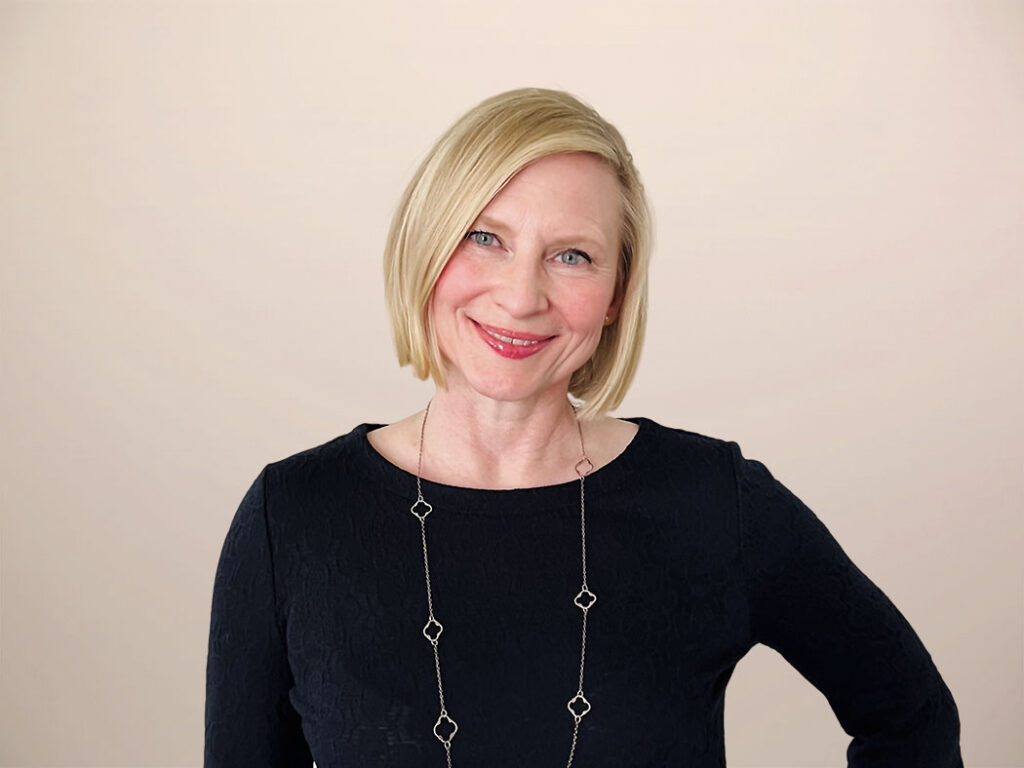Why Brand And Reputation Programs Should Be More Than Just Air Cover
Most marketing leaders run top-level brand and reputation programs as a primary way of building awareness. These are the advertising or thought leadership initiatives intended to provide a compelling yet broad brand story — but they often aren’t well connected to buyer needs and demand programs. There’s more to planning and executing reputation programs than what we typically see at this top “air cover” level.
Many campaigns have layers that target audiences by region, industry, or size. It is here that we, as analysts, often see missed opportunities for reputation building in both a more expansive and targeted way. I’m pleased to share that, at this year’s B2B Summit North America, I’ll introduce the new Forrester Reputation Program Decision Model to help campaign and brand leaders better determine how to shape their reputation programs.
The Forrester Reputation Program Decision Model
The model outlines four strategic areas that determine the selection and prioritization of reputation programs and tactics within a campaign. These areas include objectives, demand type, target audience, and resources.
Objectives Set The Direction For Reputation Program Performance
At every level of the campaign hierarchy, it is crucial for campaign leaders to define specific objectives that reputation programs must achieve within the campaign time frame. Top-level reputation programs may have larger budgets and more ambitious objectives, while programs at lower levels align with segmented audience objectives. Reputation programs require consistent execution over longer time periods to achieve the desired impact.
The Demand Type Defines The Go-To-Market Approach
Different demand types influence how a company positions itself to win market share. Forrester categorizes three demand types: new concept, new paradigm, and established market. Market orientation plays a crucial role in understanding the needs and perceptions of target audiences, while market context helps in creating relevant connections by showcasing the company’s unique point of view. By aligning reputation programs with the demand type, marketers can positively impact awareness, perception, and preference among their target audience.
The Target Audience Shapes Relevant Messaging
Reputation programs should heavily rely on audience insights gathered during campaign development. Audience segmentation goes beyond just buyers and customers to include influencers such as media, analysts, and other stakeholders. By understanding the preferences and behaviors of these audiences, marketers can create messaging and reputation programs that resonate with them. Considering audience preferences, media consumption habits, and desired experiences is crucial in the development of reputation programs.
Resources Determine The Scale And Scope Of Programs And Tactics
When planning reputation programs, businesses must consider the available resources, including cost, time, and team competencies. Reputation programs typically require longer run times than other program types to build brand connections and trust. Allocating resources effectively and avoiding the temptation to do too much with limited resources is essential. Marketers should concentrate their efforts on target audiences, ensuring consistent execution and stronger results.
Reputation programs play a vital role in the campaign hierarchy, contributing to the overall success of integrated go-to-market initiatives. The Forrester Reputation Program Decision Model provides a framework to go beyond “air cover” alone and guides the selection and prioritization of reputation programs based on objectives, demand type, target audience, and available resources. Clients can access the full report Introducing The Forrester Reputation Program Decision Model.
Join me at Forrester’s B2B Summit North America on Wednesday, May 8 for an in-person introduction to the model. Can’t make it to Summit? Then join us virtually or schedule a guidance session. You can also follow or connect with me on LinkedIn.
